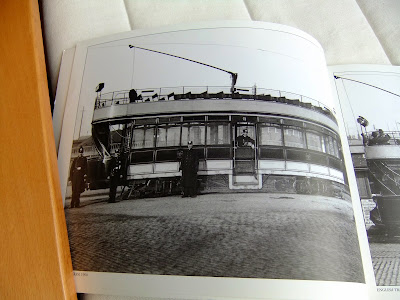As regular followers will know, I have for some time been scaling down my garden (i.e, borders and shrubberies) in order to cut down on some of the work as we get older.
This Spring I have been doing more of that and have also cut back,very hard, the shrubs that are staying.
I think it is now more manageable and I certainly will be keeping all the roses, both back and front.
I have acquired some new tools which are proving very helpful
Wilkinson Sword stainless steel
This border spade has a kind of platform at the top which really helps when pushing the spade into the ground with one's foot
This Swoe style hoe is a brilliant piece of equipment. I have never had one like this before. It has a push and pull action, severing weeds from their roots.
The handle is also long enough to get right into the centre of beds, especially ones where I am unable to get right into myself.
I can see this getting a lot of use. Up until now I have done all my weeding kneeling on the ground with a hand trowel and even crawling under shrubs at times.
http://www.wilkinsonsword-tools.co.uk/stainless-steel-garden-tools/stainless-steel-garden-tools-all
Another area where we have been digging out and replacing but poor Alan has had to use the old spade while I have been using the new one!
Well there isn't much colour right now but with 29 roses in bud I am expecting that to change quite soon.
Does not feel like Spring today though - just 5 minutes ago I took this picture of the hailstones in the garden.












































